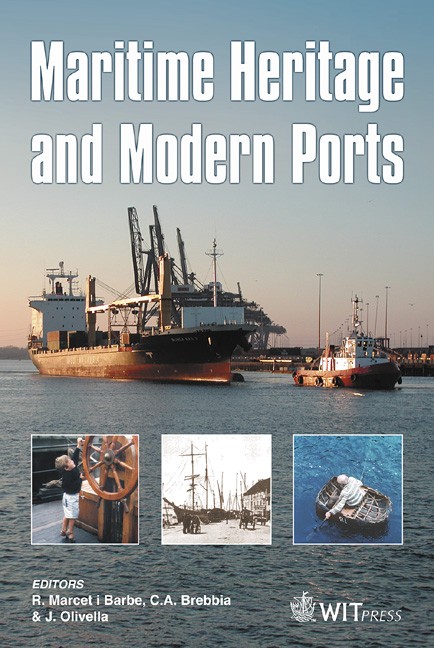Photo Mosaics In Shallow Water Environments: Challenges And Results
Price
Free (open access)
Transaction
Volume
79
Pages
9
Published
2005
Size
1,594 kb
Paper DOI
10.2495/MH050191
Copyright
WIT Press
Author(s)
S. Finney & J. Stephen
Abstract
Photo mosaics of underwater sites are useful tools for interpreting sites and increasing the level of detail for areas too large for conventional photography. While this tool has been used for years at deep-water sites using camera platforms, such traditional devices are difficult to use in areas that are too shallow or too rough to maintain a consistent distance to the site. In addition, some sites, notably large shipwrecks, cannot be photographed at a well-maintained distance given the time constraints of many projects. Finding alternative methods to collect data and create photo mosaics is necessary. Keywords: photo mosaic, marine archaeology, shipwrecks, underwater photography 1 Introduction Data collection and documentation of shipwreck sites involves a variety of methods and techniques depending on the location of the site, the size of the site, the time constraints of the survey and the technology available to the researcher. Data collection using various photographic techniques is a common component to most surveys. This typically involves the conventional gathering of visual images using still images or streaming video with an underwater camera or a camera equipped with underwater housing, all of which are accessible to most researchers. In addition to the traditional images collected using this method, researchers are increasingly turning to the manipulation of these images into a larger image made up of a collection of stills and covering the all or part of a site or shipwreck. Known as photo mosaics, these can be created using a number of
Keywords
photo mosaic, marine archaeology, shipwrecks, underwater photography





